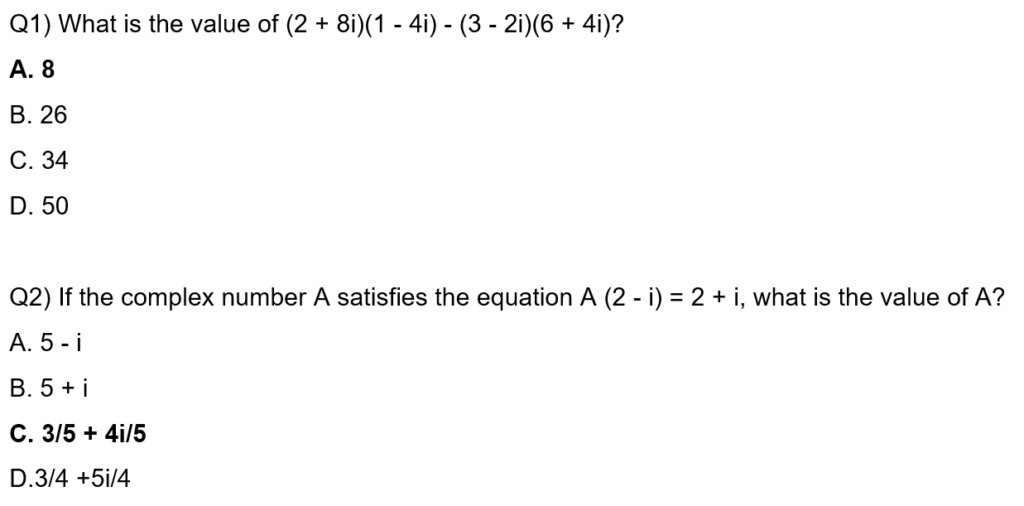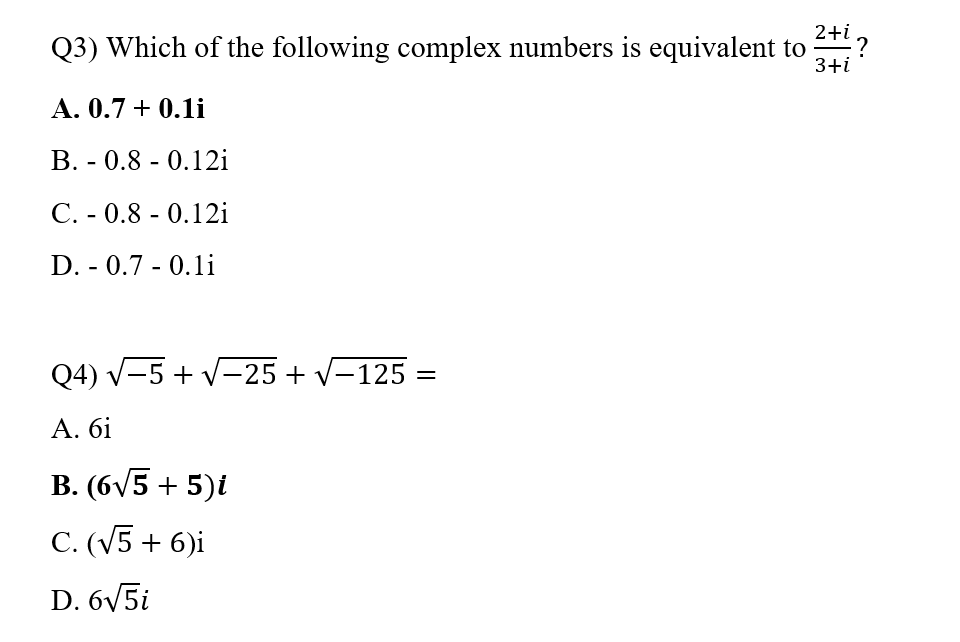
Let me start by asking you what is the square of 2. I believe the answer is simple. It is 4. Okay!! fine. Now let me ask you what is the square of -2. Again the answer is simple, it is 4. However, if I ask you the other way around. What is mean is, find the square root of 4. Now most of you will say answer is +/- 2; however this answer is incorrect. Answer is only 2. Yes it is 2 and not -2. The reason for the same is because square root is defined only for non-negative numbers. So what happens, if someone asks you to find square root of -4.
Answer is simple!! there is no real value for square root of -4. So, how do we solve this??
As always mathematician have answers to every question that you ask. So what they did was, they used property of exponents and wrote √-4 = √-1 x √4; now we know the square root of 4 which is 2, we just need to figure out the value of √-1, which they defined as imaginary number and termed it as iota or “i”.
So this is how world of imaginary number began.
Now coming to complex number. So how to define complex number??
Complex number is nothing but combination of real number and imaginary number
Let z be a complex number, hence it can be written as a + ib, where a is the real part of complex number and b is the imaginary part of complex part.
Mathematical Operation of complex numbers:

Adding and substracting of complex numbers is pretty simple; we add/substract the real part separately and complex part separately.
For example;
Add (Z1 = 4 + i3 and Z2 = 7 + i8), hence Z1 + Z2 = 11 + i11
Substract Z1 = 4 + i3 from Z2 = 7 + i8, hence Z2 – Z1 = 3 + i5
Pretty simple right!!

Multiply Z1 = 4 + i3 and Z2 = 7 + i8. In order to multiply, remember the concept of multiplying (a+b) x (c+d) = (ac+ad+bc+bd); hence, (4+i3)(7+i8) = 28+32i+21i+24i2. Now the point is how do we calculate the value of i2 ??
Let’s go back to basics to understand the same;
We know that i = √-1; hence if we square both the sides we’ll get i2 = -1.
Hence 28+32i+21i+24i2 = 28 + 53i + (-24) = 4 + 53i.

Let’ take an example in order to understand the same;
Solve the expression or find the equivalent form of the expression z = (1 / 2+3i)
So whenever we have a complex number in the denominator, remember that we multiply and divide by complex conjugate of that complex number. So what is complex conjugate. If z = a + ib, then complex conjugate of z will be a – ib.
So z = (2-3i) / (2+3i)(2-3i) = (2-3i) / (4-9i2) = (2-3i) / 13 or can be written as 2/13 -i3/13.

Space for YouTube video

Try the below questions once you have gone through the above video;



